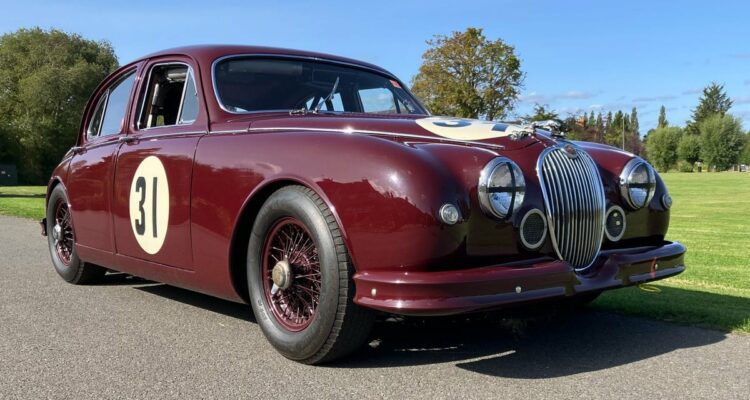Picture Perfect – How To Photograph Your Motorcycle
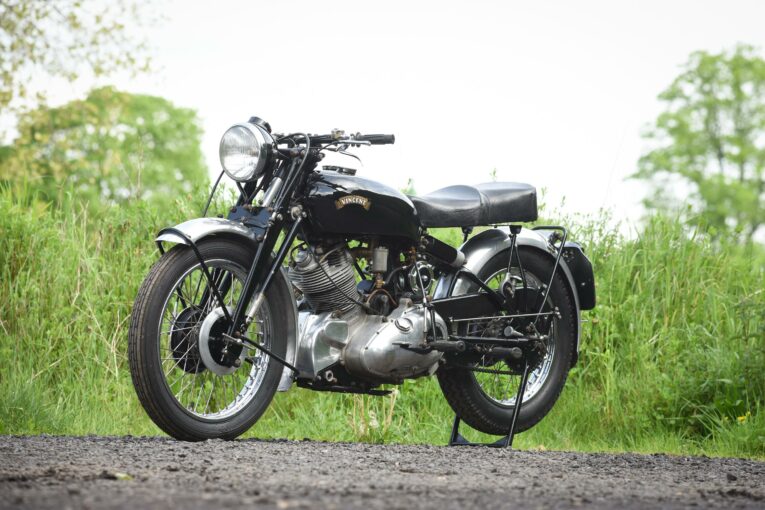
A picture paints a thousand words, as the saying goes, so taking some decent snaps of your motorbike will pay dividends when it comes to parting with your steed and if you wish to use your own photography when selling your motorcycle then it’s definitely worth having a look at some of our auction listings as an example of the standard of photography we would expect for an auction listing.
The Bigger Picture
It’s vitally important that your motorcycle, scooter or three wheeler is shown in full detail to any potential buyers. It’s no secret that better photographs result in better auction engagement and naturally an attractive set of photographs will stand out to any potential buyers. Because of this, we require a minimum of 60 photos for motorcycle auctions, but we can display as many images as you’d like to share, ideally as many as you can!
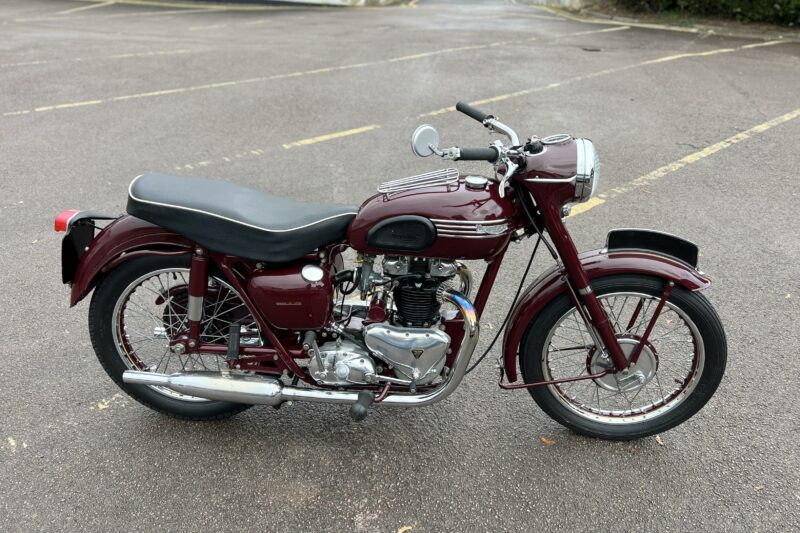
A lot of the same principles we discussed in our car photography guide will apply to bikes too but specifically for all motorcycle photographs please make sure to follow these few simple rules:
Ensure that the bike has been suitably cleaned. Get in amongst the details, too like the wheels, tyres, clocks and seat, if it’s possible to do so.
Photograph the bike in front of a clear, uncluttered backdrop. Next to the bins in your local Tesco car park is not a good look and will be detrimental to the overall quality of your listing.
If it can be avoided, try and make sure the bike isn’t photographed on grass, but if you have no choice please make sure that within the shot, none of the bike is obscured by long grass or foliage.
Make sure that all photographs are taken during the day, at a consistent light level, avoiding harsh light and glare.
Use the highest quality settings possible for the images. JPEGs are a good standard with a maximum width of 2500px.
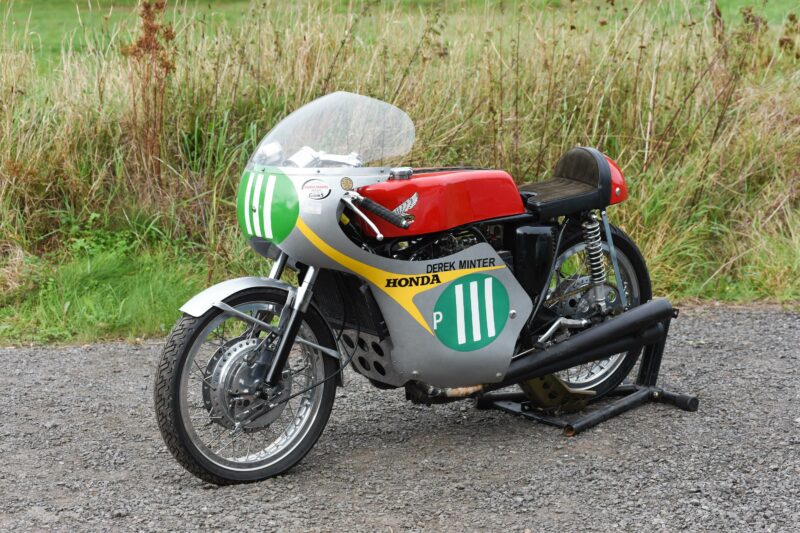
Car & Classic Recommends
Take at least ten photos that show the whole motorcycle in frame, taken from a similar height, but at different angles. Ensure at least two of these photos are side profile shots of the bike from each side, as well as any other angles you can capture.
Make sure that these photographs are taken from a decent and consistent distance, photos that are taken too close or too far away won’t be suitable. There isn’t much point trying to sell your bike if it’s difficult to see properly and potential buyers will almost certainly be put off.
Take at least one clear photo of the clocks and handlebar controls and a minimum of two clear photographs on either side (and any other angles too, if possible) of the engine, if it is visible.
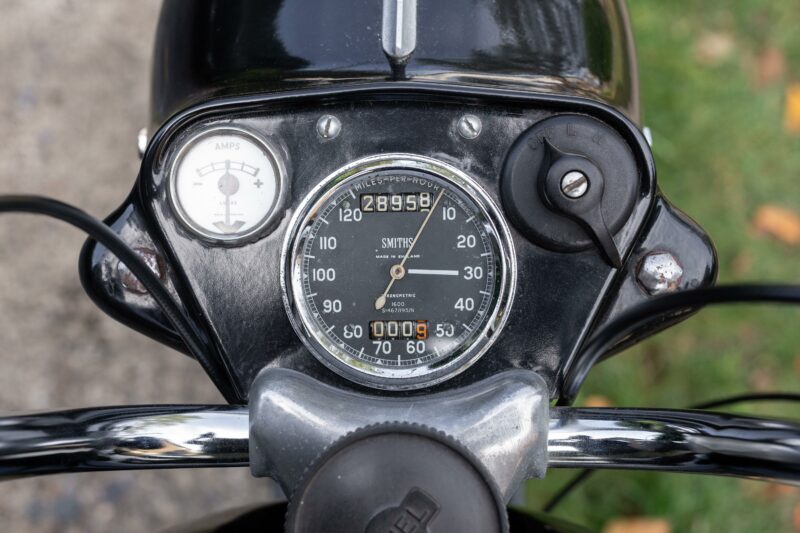
The Devil is in the Details
Some important details specific to motorcycle photography are key to successfully advertising and selling your motorcycle. These include clear photos of the frame numbers. If your motorcycle has separate frame numbers for different parts of the frame, these must be also be captured.
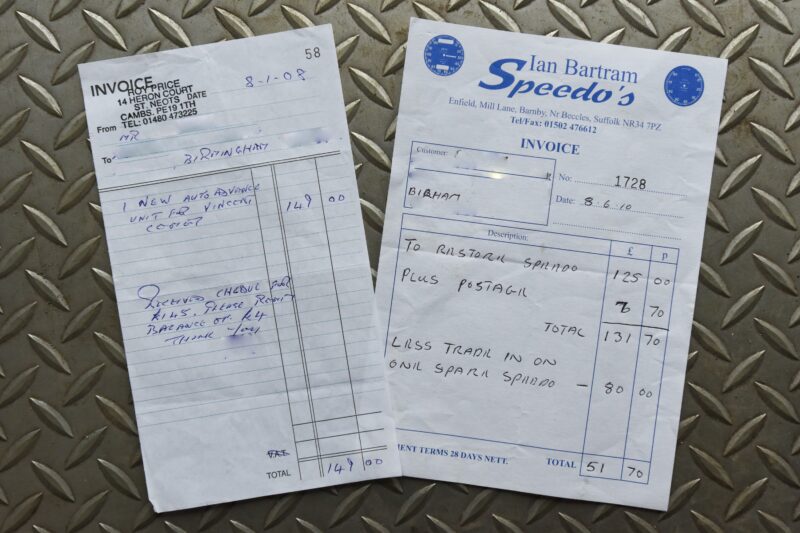
Ensure there are clear photos of any engine numbers and any gearbox numbers if applicable as well as one clear photo of each page of any documentation that is included with the motorcycle (any personal details will be blurred out in the auction listing). This includes any historical documents, restoration details and parts and labour receipts – a vehicle with a clear history displayed is a boon for any potential buyers and fully documented restoration work can be reassuring to the buyer of any restored machines to see that the work has been completed to a high standard.
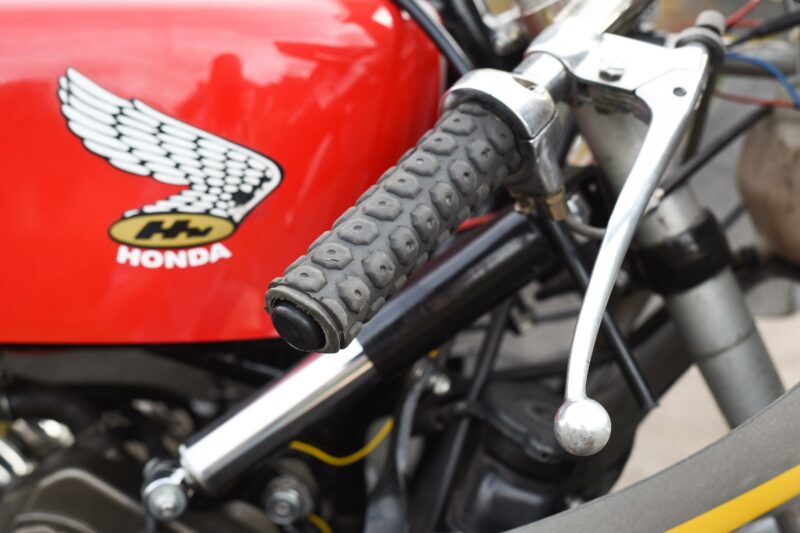
Please make sure you include photos of any details such as:
Badges
Number plates
Wheel spokes
Hubs
Tyres
Under the seat (if the seat can be easily removed)
Controls and grips
Rubbers
Headlight, tail light and indicator lenses (if applicable)
Detailed paintwork (pinstripes, emblems etc.)
Cables and linkages
Carburettors and air filters (if applicable)
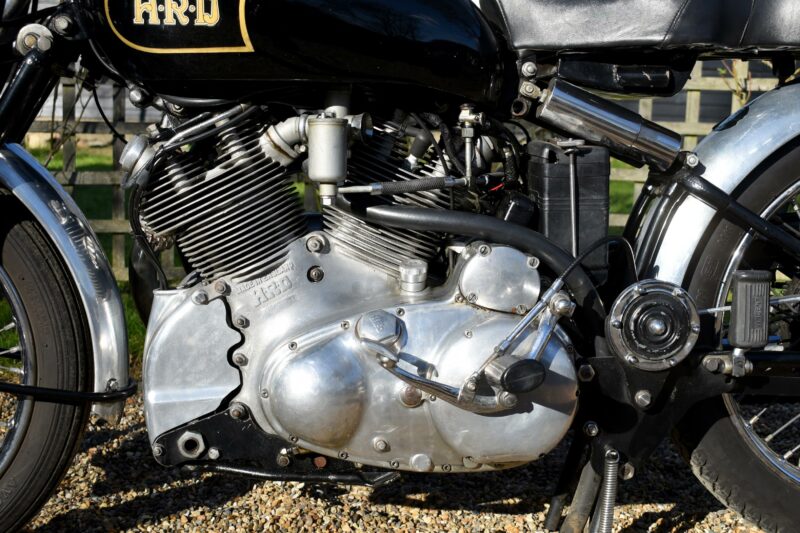
A mindset of the more the merrier will stand you and your bike in good stead when it comes to a successful sale.
Scooters, Sidecars and Three Wheelers
The same requirements apply to scooters, sidecar outfits and three wheelers as they do for motorcycles. Please ensure that there is a photograph of either side with any removable panels off to give buyers a chance to see underneath (if applicable). To photograph the sidecar, please make sure multiple angles are captured, as well as details such as wheels and fastenings. If possible, any photos of the underside and footwell are encouraged to show the condition of the tub. For trikes and three wheelers again, make sure that any engine covers are removed for some shots, especially those equipped with car engines.
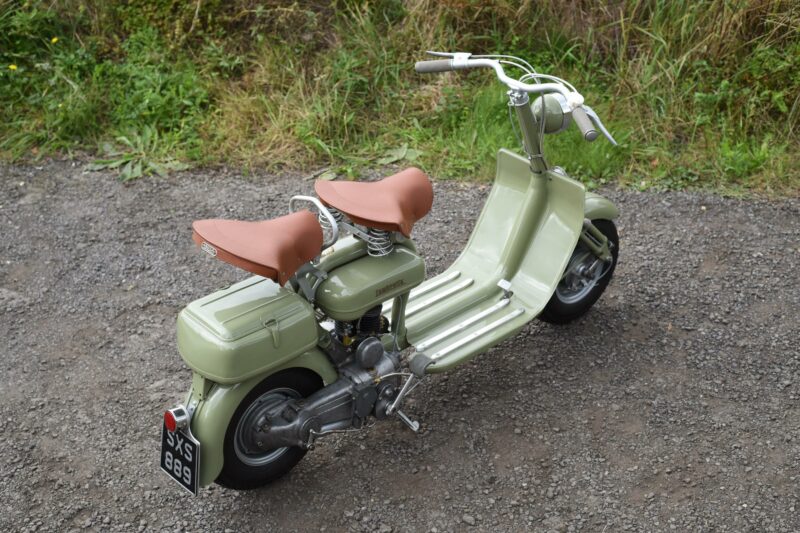
Here is an example of a well photographed motorcycle for reference. Using this as a reference point and following the simple steps in this guide will ensure that your bike will be well on its way to finding a new, loving owner, so get shooting!

